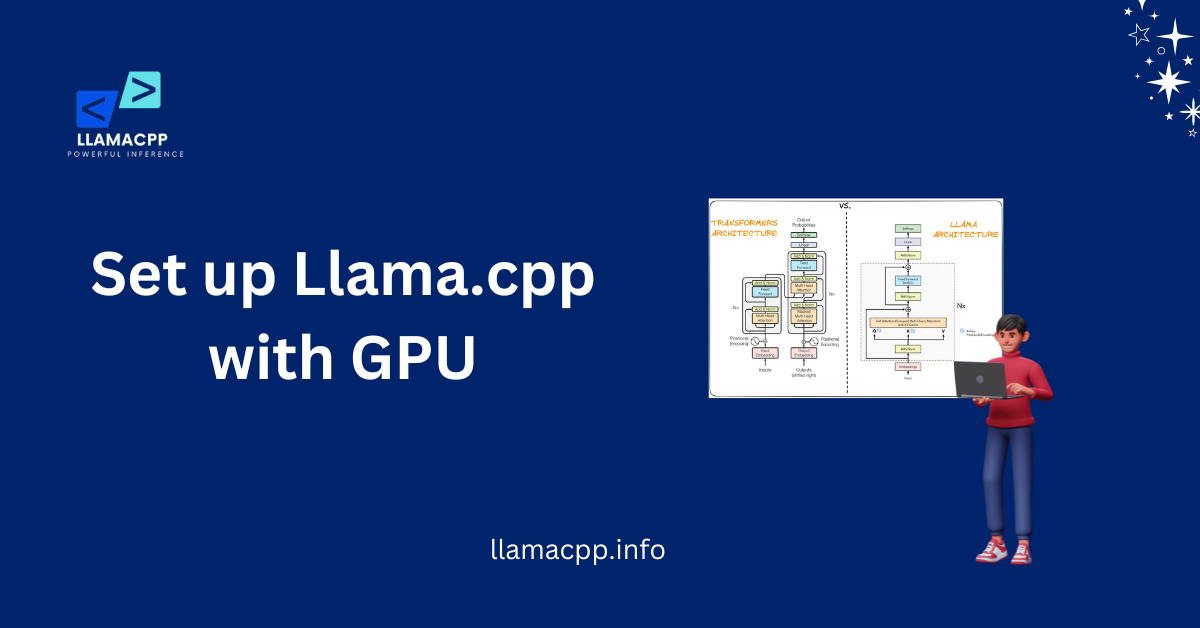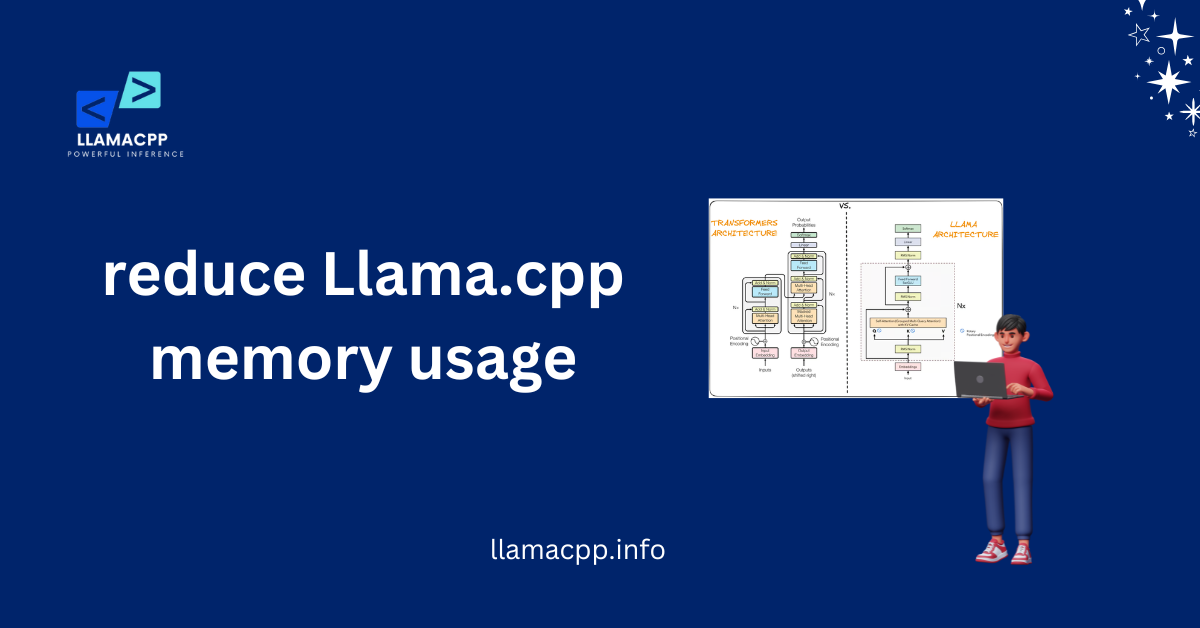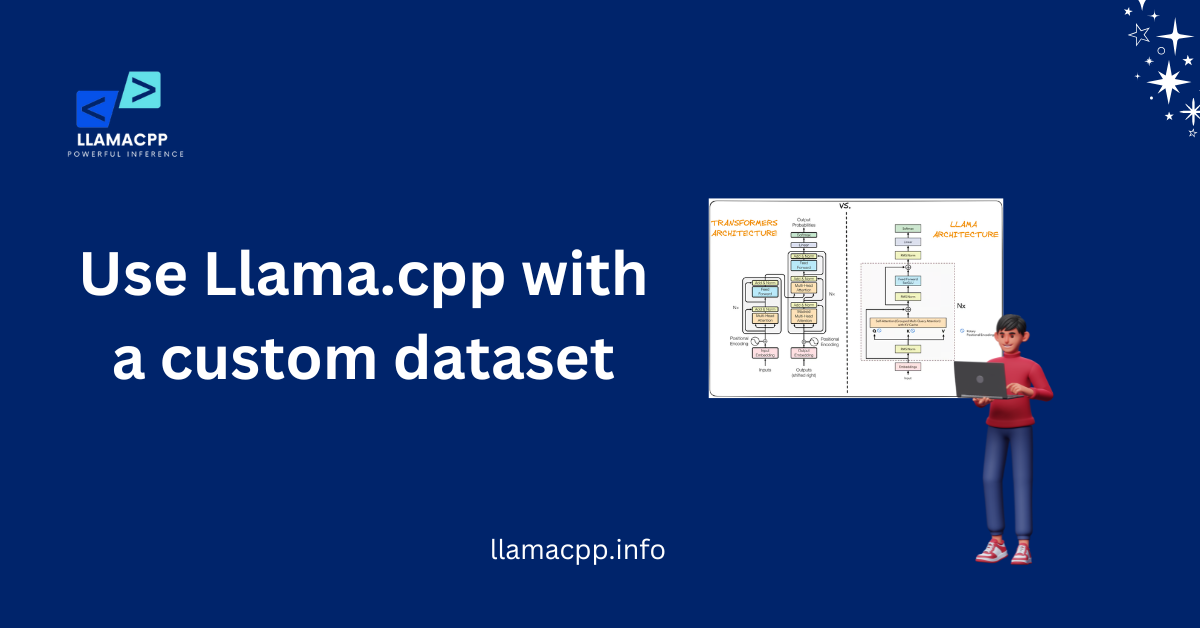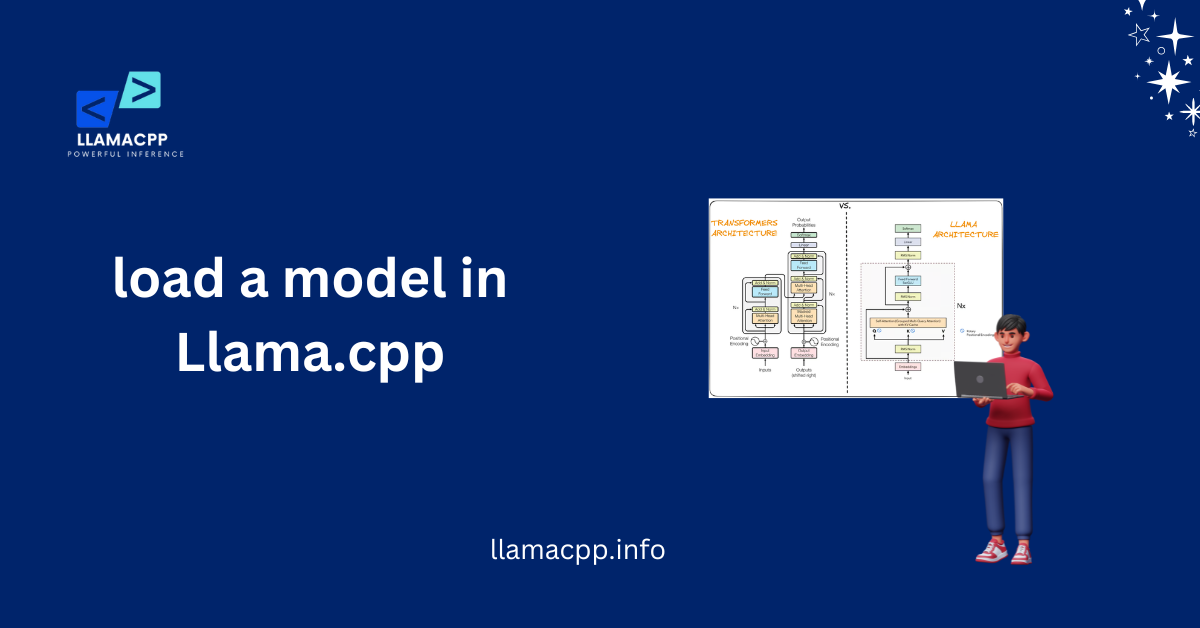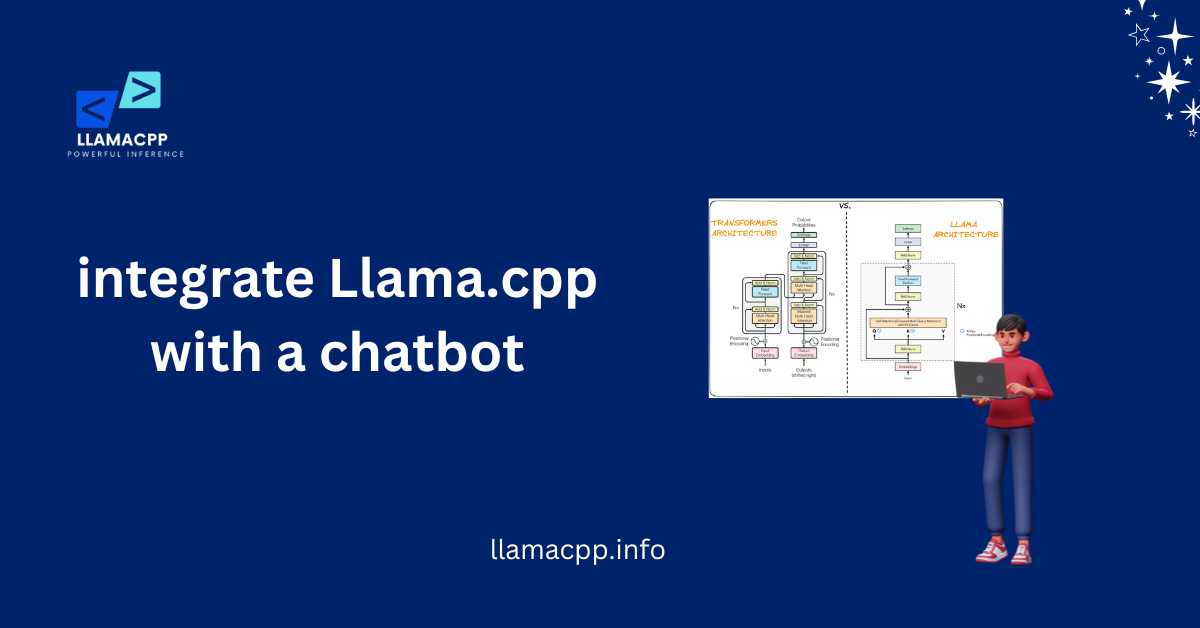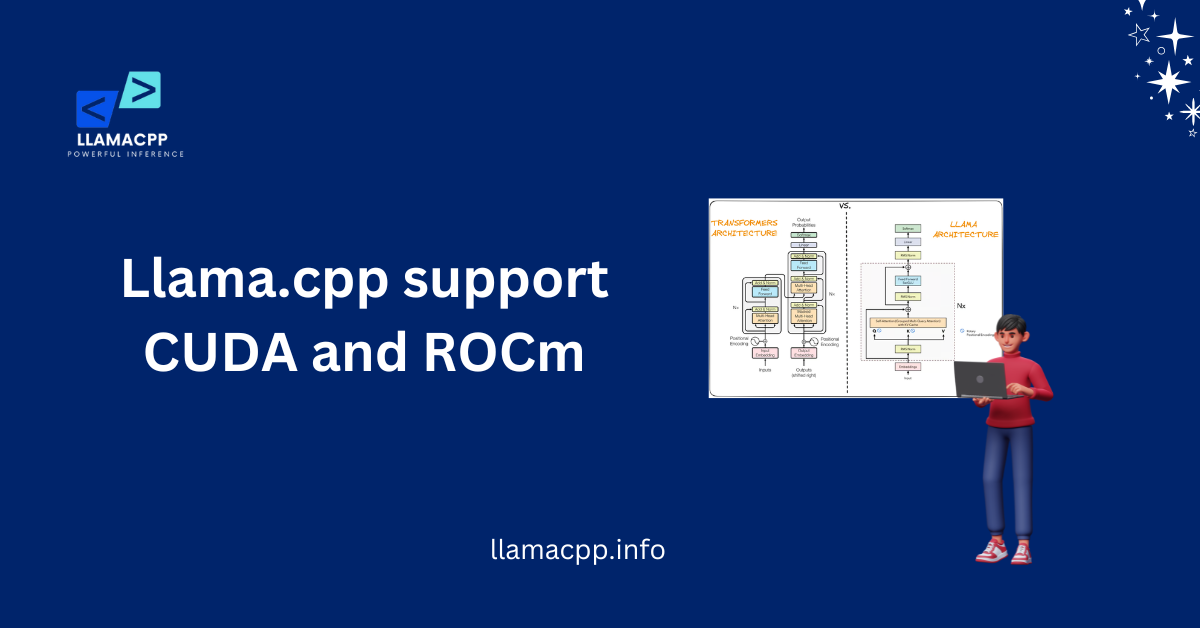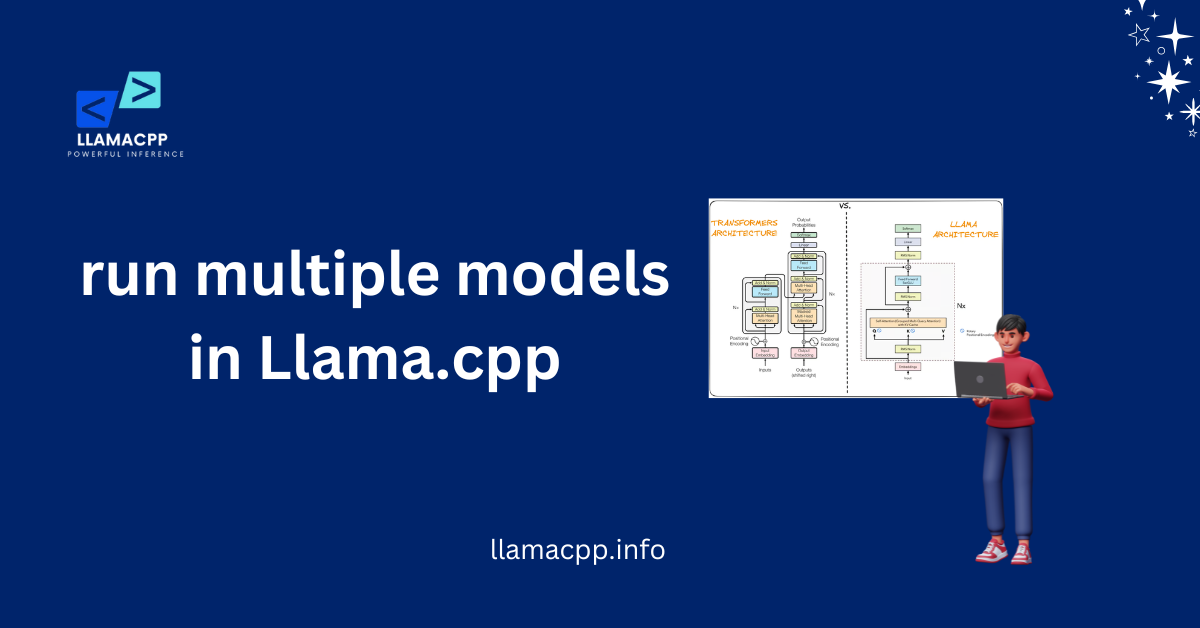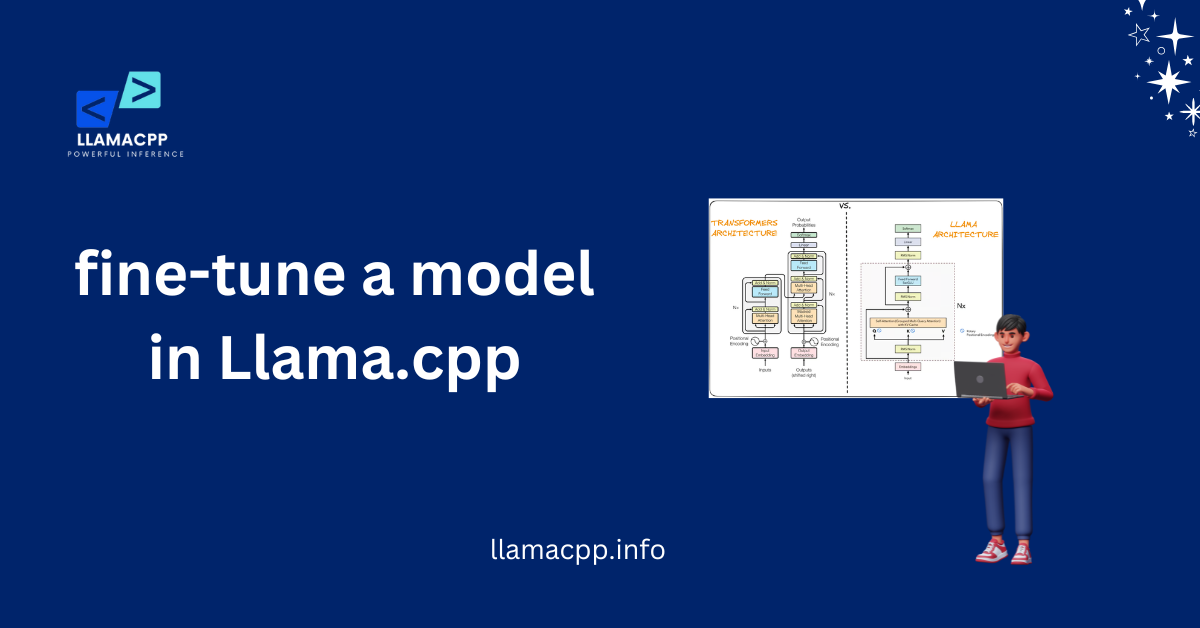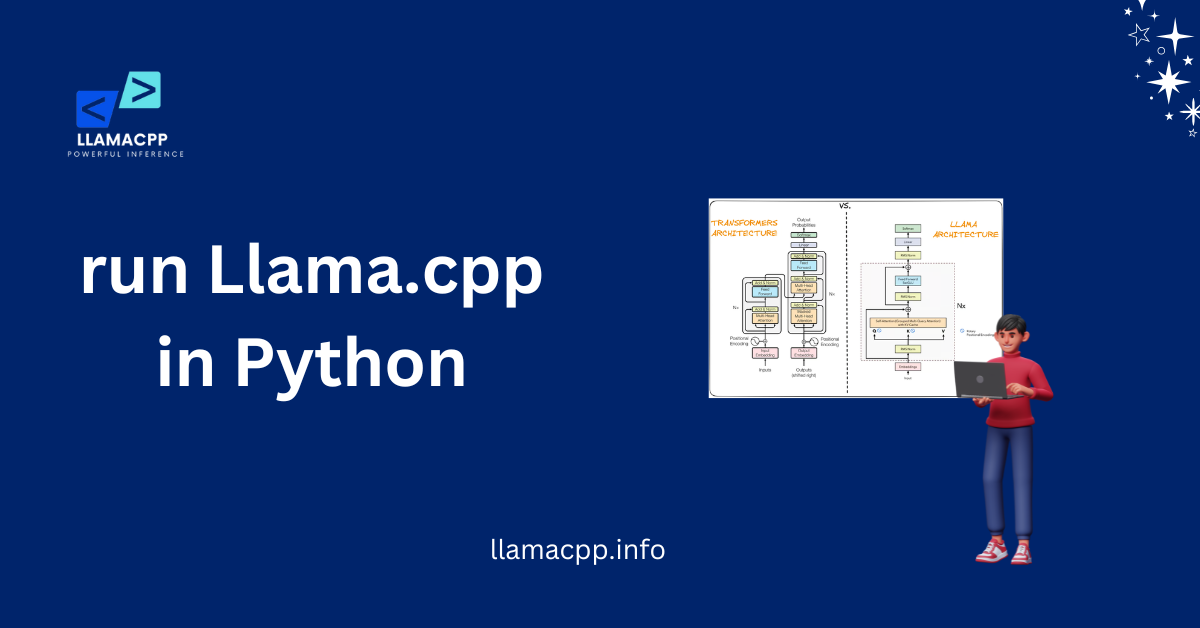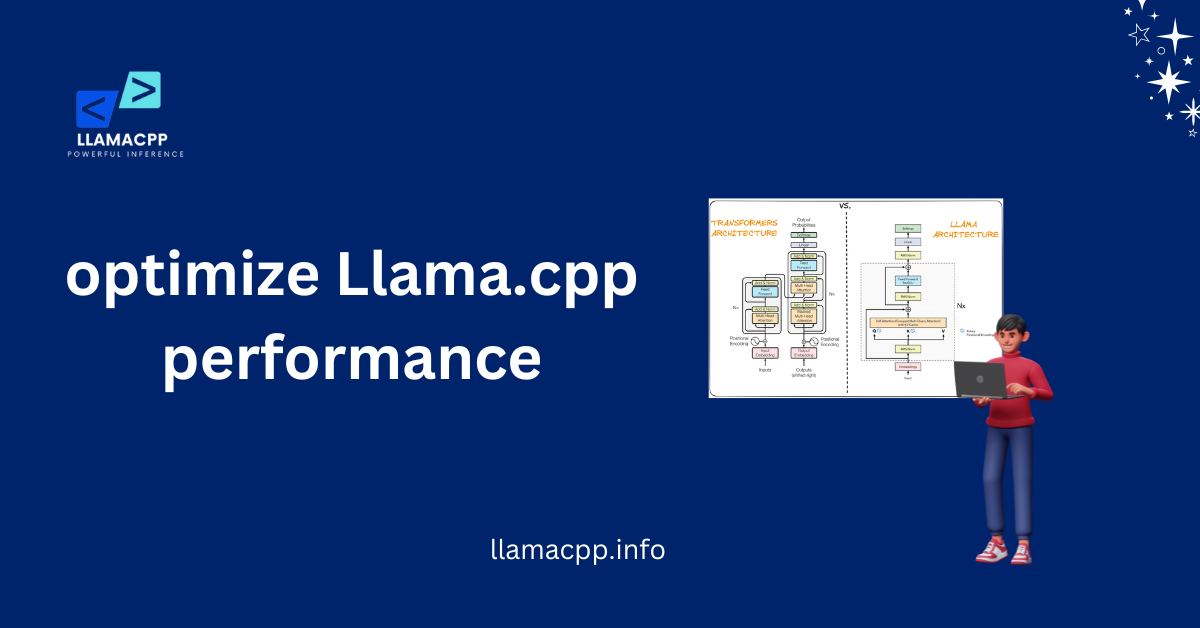Table of Contents
ToggleIntroduction
Set up Llama.cpp with GPU, AI models run more quickly and smoothly. It feels slow and takes longer to do things when you only use a CPU. A GPU speeds up the process, which makes everything work better. It cuts down on wait times and makes things run more smoothly. It makes a big difference if your GPU can handle heavy jobs or testing models.
Llama.cpp is a simple but powerful tool, but it can have trouble if you don’t have a GPU. You will get the best results if you turn on GPU boost. It lets things run more smoothly and respond faster. You will learn how to set up and fix common problems in this guide. You can use Llama.CPP at full speed if you set it upright.
What is Llama.cpp and Why Use GPU Acceleration?
A simple and light tool called Llama.cpp can be used to run AI models on a variety of devices. You don’t need powerful cloud servers to handle large language models. AI is easier to get to because you can use it on your computer. But if you only use a CPU, things can move too slowly and take too long to finish.
This is where GPU boost comes in handy! It works a lot faster when you set up Llama.cpp with GPU. A GPU can handle many jobs at once, which cuts down on wait times. This means that things will run more smoothly and respond more quickly. GPU support is the best thing to do if you want to speed up AI models.
How Does Llama.cpp Work?
You can run AI models on your computer with Llama.cpp on it. It gets information, works with it, and then returns the results. Setting up GPU with Llama.CPP improves this process by making it handle jobs more quickly. The goal is to make AI models work well without having to buy expensive gear.
Why is GPU Faster Than CPU?
CPUs are good for most jobs, but they can only handle one at a time. On the other hand, GPUs can do many things at once. This power speeds up the process of setting up Llama.cpp with GPU. This cuts down on cutting and makes AI models fast, making them respond.
Who Should Use GPU Speed Up?
GPU performance is helpful for anyone who works with AI models. It helps speed things up whether you’re a coder, researcher, or AI fan. Setting up Llama.cpp with GPU makes AI work faster and smoother. GPU help is the way to go if you want to improve your work faster.
How to Get Llama.cpp and GPU to Work Together
Before you begin, you need the right hardware and apps. Your computer should have a GPU that works with it, like an AMD or NVIDIA card. AI models run faster and more smoothly when the GPU is strong. Without it, your computer can slow down and waste time.
You need the right drivers, software, and devices to set up Llama.cpp with a GPU. You also need to install the right tools. For NVIDIA, you will need CUDA, and for AMD, you will need ROCm. These allow the GPU and Llama.cpp to talk to each other. If you install them correctly, they will work without any problems.
What Hardware You Need
For AI processing, you need a good GPU. NVIDIA or AMD cards are best for setting up Llama.cpp with GPU. If you want to use big models, make sure your GPU has enough memory. It works better when you have more VRAM.
Software You Need
For Llama.cpp to work with GPUs, you need the right tools. If you have an NVIDIA card, put CUDA on your computer. Set up ROCm if you use AMD. You need these tools to set up Llama.cpp with GPU. They make it possible for your GPU to do AI jobs quickly.
Making sure compatibility
Before you add anything, make sure your system meets the needs. Some older GPUs might not be able to handle acceleration. To set up Llama.cpp with GPU, you need new hardware for faster speed. To avoid problems, always keep your drivers and apps up to date.
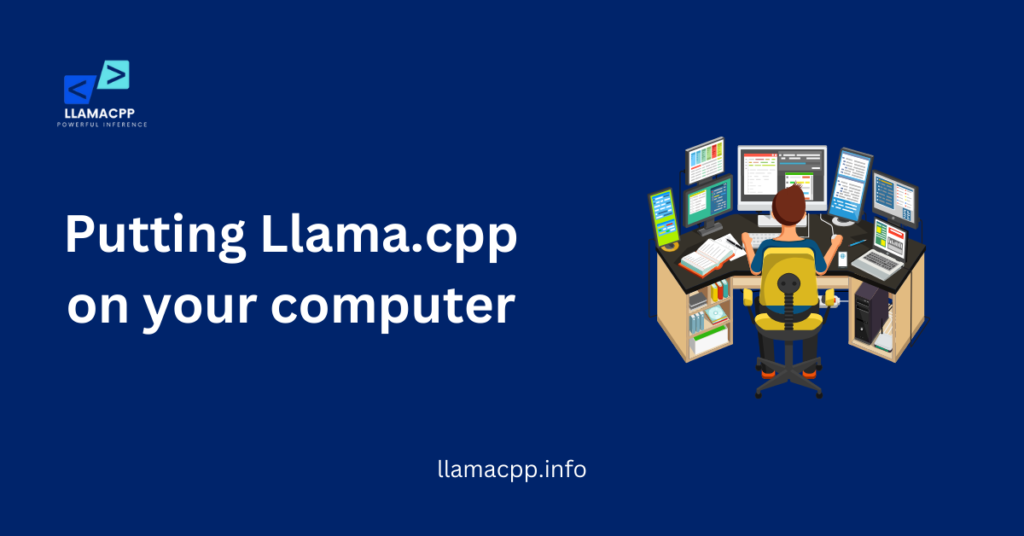
Putting Llama.cpp on your computer
You need to install Llama.cpp on your computer before you can use it. It’s easy to install, but you need to follow the proper steps. To make sure everything works well, you will need a few tools and dependencies. The software might not work right if it is not installed correctly.
To set up Llama.cpp with GPU, you need to install the necessary tools. This includes getting Llama.cpp from GitHub and building it so that it works with GPUs. If you follow the proper steps, you can quickly get everything going.
Downloading Llama.cpp
First, you need to get the Llama.cpp files. Get the most recent version from GitHub. You need the right code files to set up Llama.cpp with GPU. After you’ve downloaded the files, put them in a folder on your computer.
Putting dependencies in place
Llama.cpp needs to depend on a few other programs to run. Put in Python, ROCm (for AMD), or CUDA (for NVIDIA). You need these tools to set up Llama.cpp RAM requirements with GPU. The newest versions will work best, so make sure you get them.
Putting together with GPU support
You need to build Llama.cpp support CUDA and ROCm once everything is ready. Start up a terminal and type the words that are asked for. To use GPU with Llama.Cpp, you need to enable GPU flags during compilation. After this, your system will be ready to run AI models smoothly.
Setting up GPU acceleration for Llama.cpp
Llama.cpp runs faster when it uses your GPU instead of just the CPU. However, it might not be set up to do this first. To get the most out of your graphics card, you need to change a few settings in the software. This will speed up AI processes and make them work better.
To set up Llama.cpp with GPU, you must select GPU support in the settings. Also, make sure your drivers are up to date. If everything is set up right, your machine will run AI models much faster.
Turn on GPU support.
By default, Lama.cpp doesn’t use the GPU. To make it work, you need to add certain commands. To set up Llama.cpp with the GPU, you need to turn on GPU flags during execution. This easy step speeds things up a lot.
Look at your GPU drivers.
Your GPU needs the most up-to-date drivers to work well. Old drivers can cause crashes or slow performance. Setting up Llama.cpp with GPU works best when you update your drivers from the NVIDIA or AMD website.
Check to See If GPU Works
After setup, run a quick test to see if your GPU is working. For faster results, make sure that setting up Llama.cpp with GPU is done right. If not, make sure everything is set up correctly by rechecking them.
Running Llama.cpp with GPU Support
You can run Llama.cpp with GPU acceleration now that everything is set up. Using the GPU makes AI processing much faster. But to do this, you need to use the right words.
To set up Llama.cpp with GPU, you must launch the program with special options. These choices tell the software to use your graphics card. If you do it right, you will go much faster.
Start Llama.cpp with GPU
Do the right thing by running Llama.cpp in the shell. Setting up Llama.cpp with GPU needs extra flags to allow GPU processing. It will load and run faster after this.
Check If GPU Is Working
As soon as you run Llama.cpp, make sure the GPU is being used. System tools like NVIDIA-SMI can help you do this. Setting up Llama.cpp with GPU should show that the GPU is being used a lot. If not, check your settings.
Improve Performance
If Llama.cpp still runs slowly, try changing batch sizes and Random-access memory limits. Setting up Llama.cpp with GPU works best when settings match your hardware. Adjust them to get better speed.
How to Fix Common GPU Acceleration Problems
Things don’t always work the way we expect them to. If Llama. Cpp isn’t using the GPU; a few common problems could be to blame. Getting them fixed can help you do your best.
You need the right tools and settings to set up Llama.cpp with GPU. If the program crashes or runs slowly, check your setup. A few easy changes can fix most problems.
GPU Was Not Found
Your GPU might not be found if it’s not being used. Setting up Llama.cpp with GPU requires installing the correct drivers and CUDA libraries. The problem can be fixed by updating them.
Not Working Well
If Llama.cpp is running but still taking a long time, you may need to change your settings. Setting up Llama.cpp with GPU works best with the right batch size and memory settings. To get faster, try making them more prominent.
Having Trouble Running
Sometimes, errors show up when the program is first run. Setting up Llama.cpp with GPU requires correct installation. Check to see if any dependencies are missing, and reinstall as needed if you see errors.
Conclusion
Using GPU acceleration with Llama.cpp makes AI processing much faster and more efficient. By taking the proper steps, you can get the best performance from your system. From setting up Llama.cpp with GPU to starting and troubleshooting it, each step plays a crucial role in making the setup smooth.
If you’re having problems, simple fixes like changing drivers, making settings changes, and checking how much GPU usage you’re seeing can help. It’s worth the time to set up Llama.cpp with GPU because it speeds up AI tasks and makes the computer run better. Once everything is running smoothly, you can enjoy faster and more powerful AI processing!
Faqs
1. Why is Llama.cpp not using my GPU?
Your GPU won’t be found because drivers or CUDA files are missing. You need the proper drivers to set up Llama.cpp with GPU. Updating them and checking compatibility can solve this issue.
2. How do I prove that Llama.cpp is using my GPU?
You can use tools like NVIDIA-SMI to see what the GPU is doing. If you set up Llama.cpp with GPU properly, you should see high GPU usage when running the model.
3. What can I do if GPU makes Llama.cpp run slowly?
Adjust batch size, RAM limits, and optimization settings. Setting up Llama.cpp with GPU works best when settings match your hardware.
4. Do I need a mighty GPU to run Llama.cpp?
A powerful GPU helps, but even mid-range models can handle setting up Llama.cpp with GPU with the proper optimization.
5. How do I fix problems that happen when I run Llama.cpp?
Errors often occur because dependencies are missing or the installation was done wrong. Reinstalling CUDA, updating drivers, and carefully following the steps to set up Llama.cpp with GPU steps can fix most issues.

